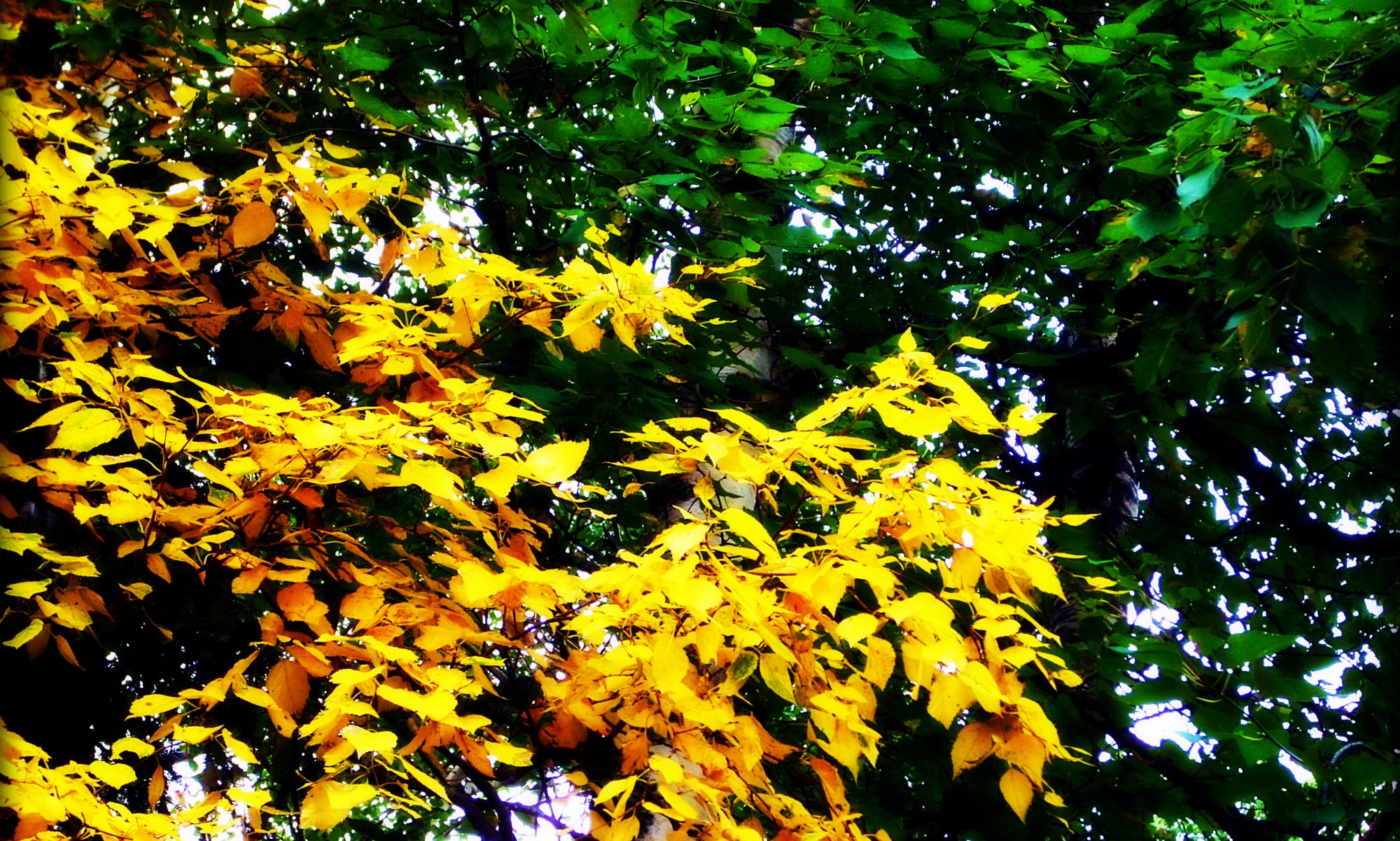Dear Mayor and Council members:
I am writing to express my concerns about the proposed transit facility at 18th and Foothills. I have previously written letters about the Ron Brent development (which unfortunately went ahead) and the North College Park proposal. As with those letters, my general theme here is that green spaces and parks – particularly those that are substantially used by the public and/or that provide other important ecosystem services – should not be open to residential or industrial development. Once we lose one of those spaces, we have lost it and the valuable services that it provides for decades – essentially forever.
As noted in a recent Prince George Citizen editorial, the City of Prince George has an unfortunate history of making poor decisions in situating both major and more minor developments. In the case of the proposed transit facility this is a much-needed facility in one of the worst possible locations. Please, let’s not continue the legacy of developing in the wrong locations simply because space exists.
I recently attended the annual Canadian Society for Ecology and Evolution meetings in Victoria. One of the symposia that I attended was on urban ecology. The speakers were engaging, and the projects that they described were inspiring. The thing that stuck out to me the most, however, was that my own city is at least a decade behind in terms of our thinking on this subject. While other cities are preserving and rehabilitating parks and green spaces, we are looking for ways to reduce our green spaces and with it the biodiversity, ecosystem services, corridor connectivity, and recreation and health opportunities that they afford.
Ecosystem services have been shown to include (each word links a different resource):
- a healthier (mentally and physically) and more active population
- a reduction in human-wildlife encounters
- more effective water runoff management
- less toxic runoff to local waterways
- cleaner air
- reduction in soil erosion
- reductions in sound pollution
- more shaded areas and thus reduction in sun-related injuries and disease
- carbon storage and offsetting
- aquatic ecosystem health
- higher property values
At the symposium the point was made by Angela Danyluk (Sustainability Specialist at the City of Vancouver) that “vegetation is the foundation of biodiversity” and thus of ecosystem services. Perhaps it is because we have such a richness of vegetated spaces within and beyond our city limits that we tend to see them as expendable; but we should embrace and enhance our richness as a long term investment, not exploit it for short term gains.
One of the points in that symposium was that municipal asset calculations often fail to take ecosystem services into account. A question that needs to be asked any time we are thinking of removing parks and green spaces from city inventory is “what value does this area provide, and what extra costs will be incurred if we lose this area?” In other words, quoting from one symposium participant (Michelle Molnar, an environmental economist with the David Suzuki Foundation), “…asset management should consider not just built areas, but also natural assets.”
She presented a slide outlining a small portion of these considerations, which I have summarized as follows.
Green space vs. Built:
- lower maintenance cost vs. higher maintenance costs
- carbon-neutral or carbon sink vs. carbon intensive
- can last into perpetuity vs. limited lifespan
- climate change resilience vs. climate change vulnerable
Prince George seems to be growing and doubtless will grow further in the coming years. Do we want a city that is a hodgepodge of residential and industrial areas with declining green spaces that are only considered useful for their development opportunities? Or would we rather see healthy residential communities bounded by forests and parks that provide a vibrant and prosperous environment for our citizens?
I know which one I’d prefer, and judging from the success of the petitioning on this topic I suspect that I am part of a much larger majority.
As a daily transit user, I appreciate the attention being given to that vital public system. But it should not happen at the expense of valuable green space when there are many other options to be had in existing industrial areas. We need to move off of our current trajectory and to a more sustainable policy regarding our green spaces and parks. This means prioritizing and incentivizing infill and brownfield development instead of removing park and green space inventory.
(In fact, we should also incentivize rehabilitation of brownfield areas, but that is a topic that goes beyond the immediate intent of this letter.)
The following resources have been useful to me in my thinking on this issue, and may also be useful to you and to City staff:
- TreeCanada
- Canadian Urban Forest Network
- Smart Prosperity Institute (Municipal Natural Assets Initiative)
Thank you for reading this, and I appreciate the work that you do for our fine city.
Sincerely,
Dezene Huber
This letter was sent to the Mayor and Council by way of email on 17 May 2017.



